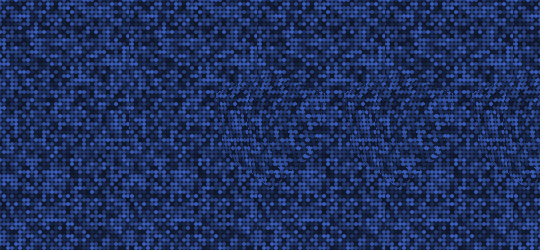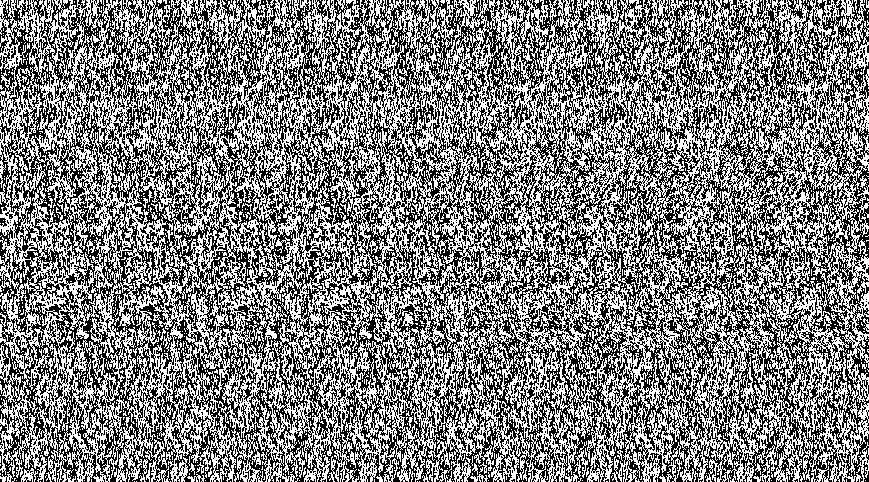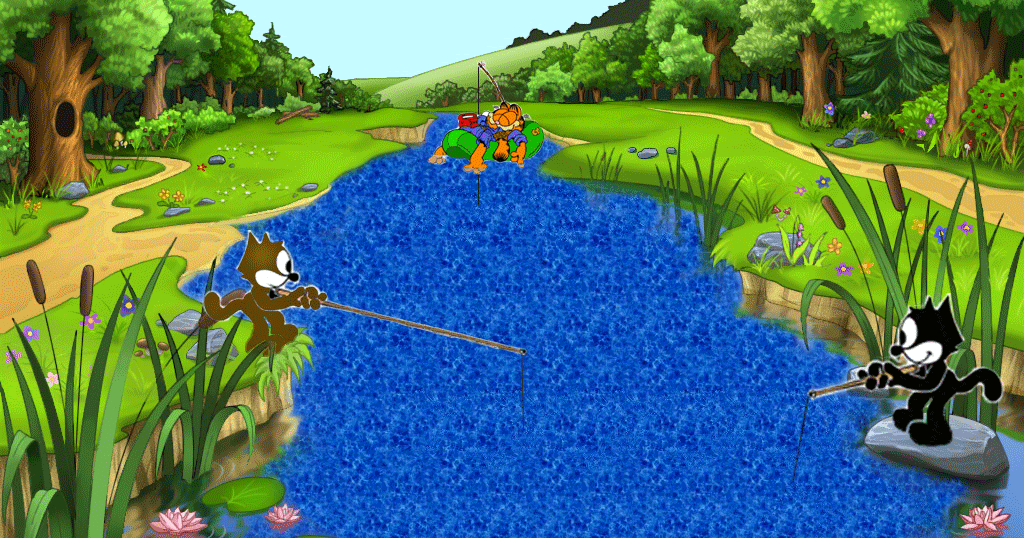

7.5 Mathematical, scientific and engineering uses.4 Other display methods without viewers.2.3 Stereoscope and stereographic cards.
#STEREOGRAM GIFS FULL#
This technique is distinguished from 3D displays that display an image in three full dimensions, allowing the observer to increase information about the 3-dimensional objects being displayed by head and eye movements. These two-dimensional images are then combined in the brain to give the perception of 3D depth. Most stereoscopic methods present two offset images separately to the left and right eye of the viewer. Originally, stereogram referred to a pair of stereo images which could be viewed using a stereoscope. Any stereoscopic image is called a stereogram. The word stereoscopy derives from Greek στερεός (stereos) 'firm, solid', and σκοπέω (skopeō) 'to look, to see'. Stereoscopy (also called stereoscopics, or stereo imaging) is a technique for creating or enhancing the illusion of depth in an image by means of stereopsis for binocular vision. An early depiction of people using a stereoscope.

See the book "Foundations of Cyclopean Perception" for further information.Ĭreating not a pair of images, but one continuous image with more complex and coloured patterns using this technique results in SIRDS and Autostereograms.A company of ladies looking at stereoscopic views, painting by Jacob Spoel, before 1868.

The three-dimensional information is conveyed by the disparity (shifts) in the image.

You can say more: it is somewhere in the brain that receives information from both eyes. But when you see both images, you can say what is the hidden image - stereopsis occurs somewhere in the brain. So neurons at the retina are not responsible for this three-dimensional detection. If you present only one image, you can't say what is the hidden image (it is only random dots, see axiom). It has an axiom: random dots do not convey any kind of three dimensional information (shape from shading, contours, etc). The random dot stereogram is a scientific proof. It happened because it is a very interesting illusion. This article may require cleanup to meet Wikipedia's quality standards.Īutosterogram is important because it made the concept of a random dot stereogram widely public for non-scientific people. Autostereograms, on the other hand, uses repeating patterns on a single image to eliminate the need for pair of images. Traditionally, a stereogram requires two images. The name 'random dot stereogram' (RDS) is now often used instead of 'single-image random dot stereogram' (SIRDS) or 'random dot autostereogram' in publications such as Magic Eye books. The theory behind RDS has wide implications in cognitive and neuro sciences. When this technique is used to create an Autostereogram (also known as Single-Image Stereogram), a Random-dot autostereogram ( SIRDS) is created. RDS describes a pair of 2D images showing random dots which when viewed with a stereoscope produced a 3D image. Bela Julesz, described in the book Foundations of Cyclopean Perception. A Random Dot Stereogram (RDS) is a technique created by Dr.


 0 kommentar(er)
0 kommentar(er)
